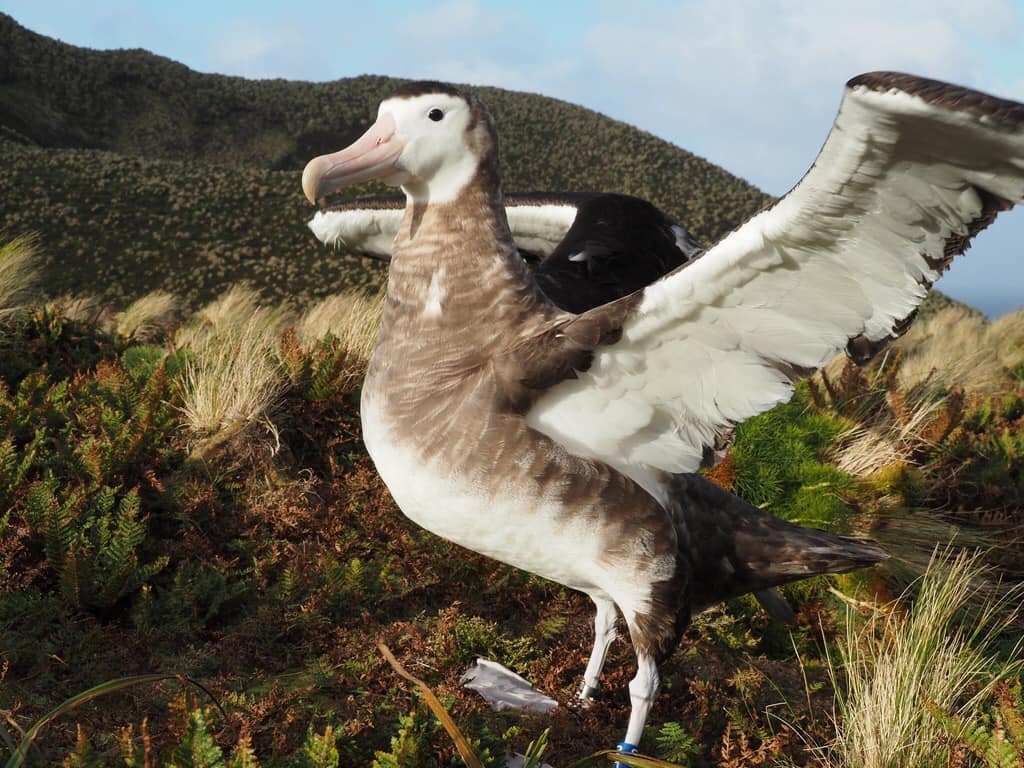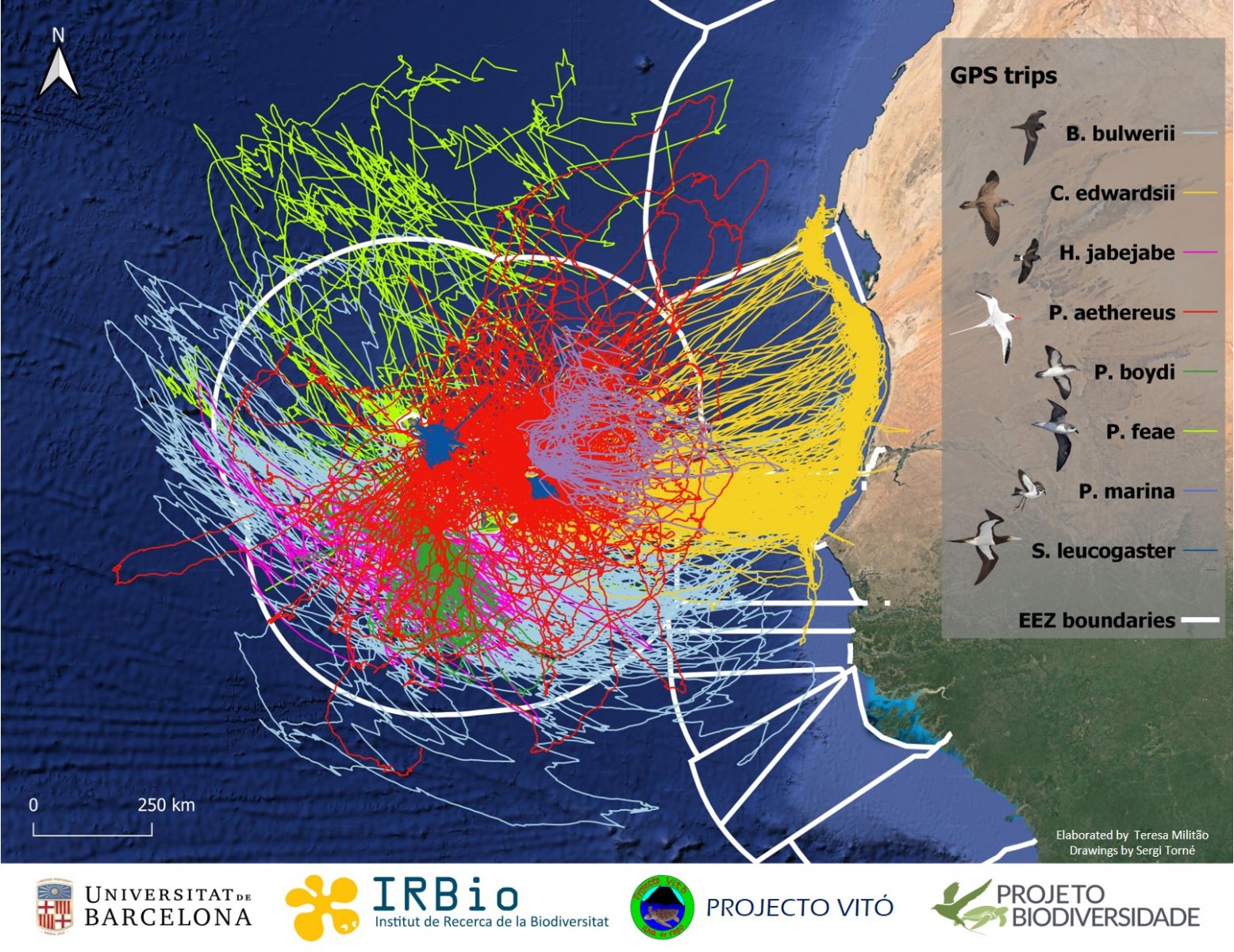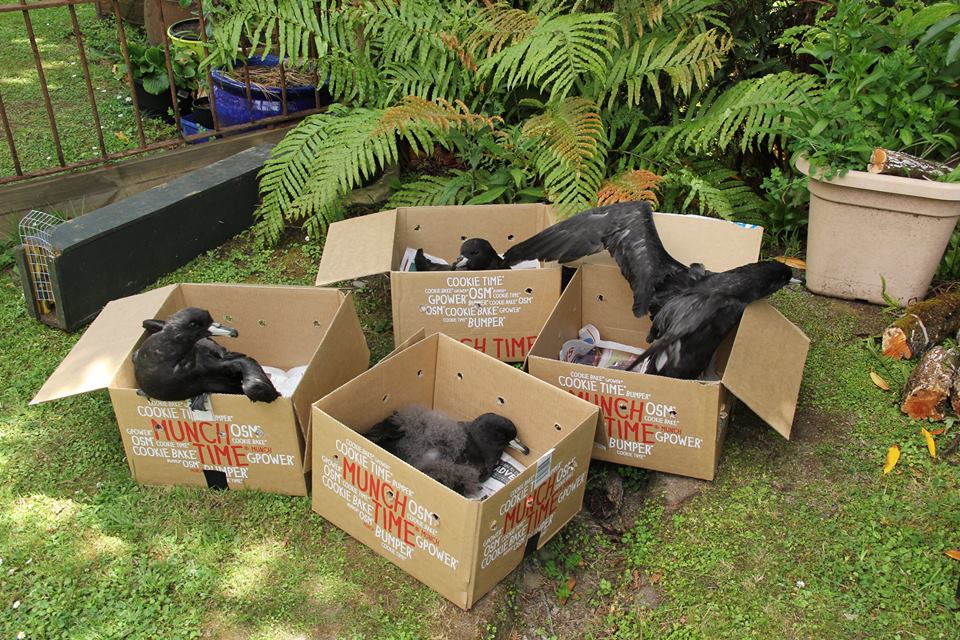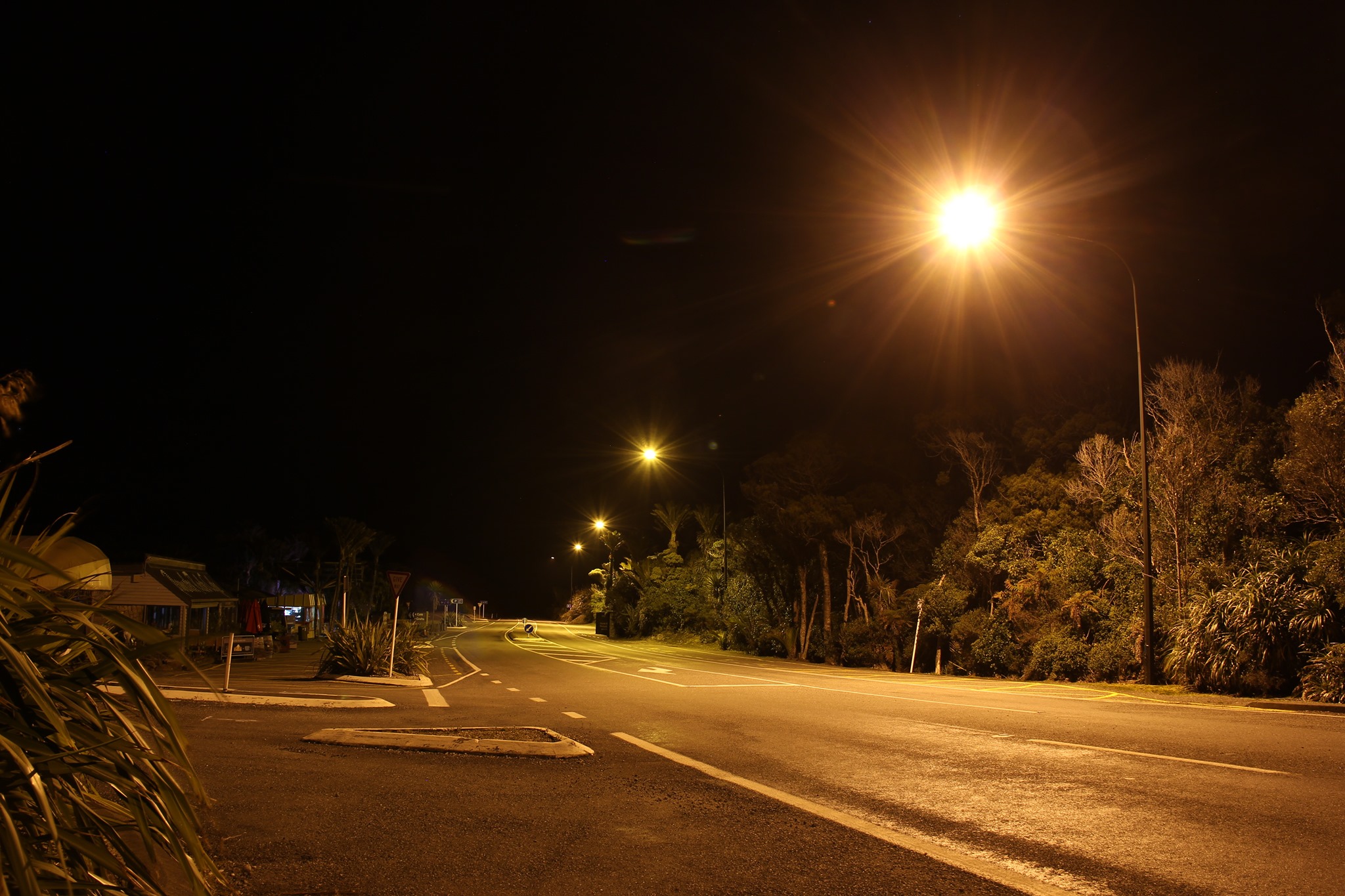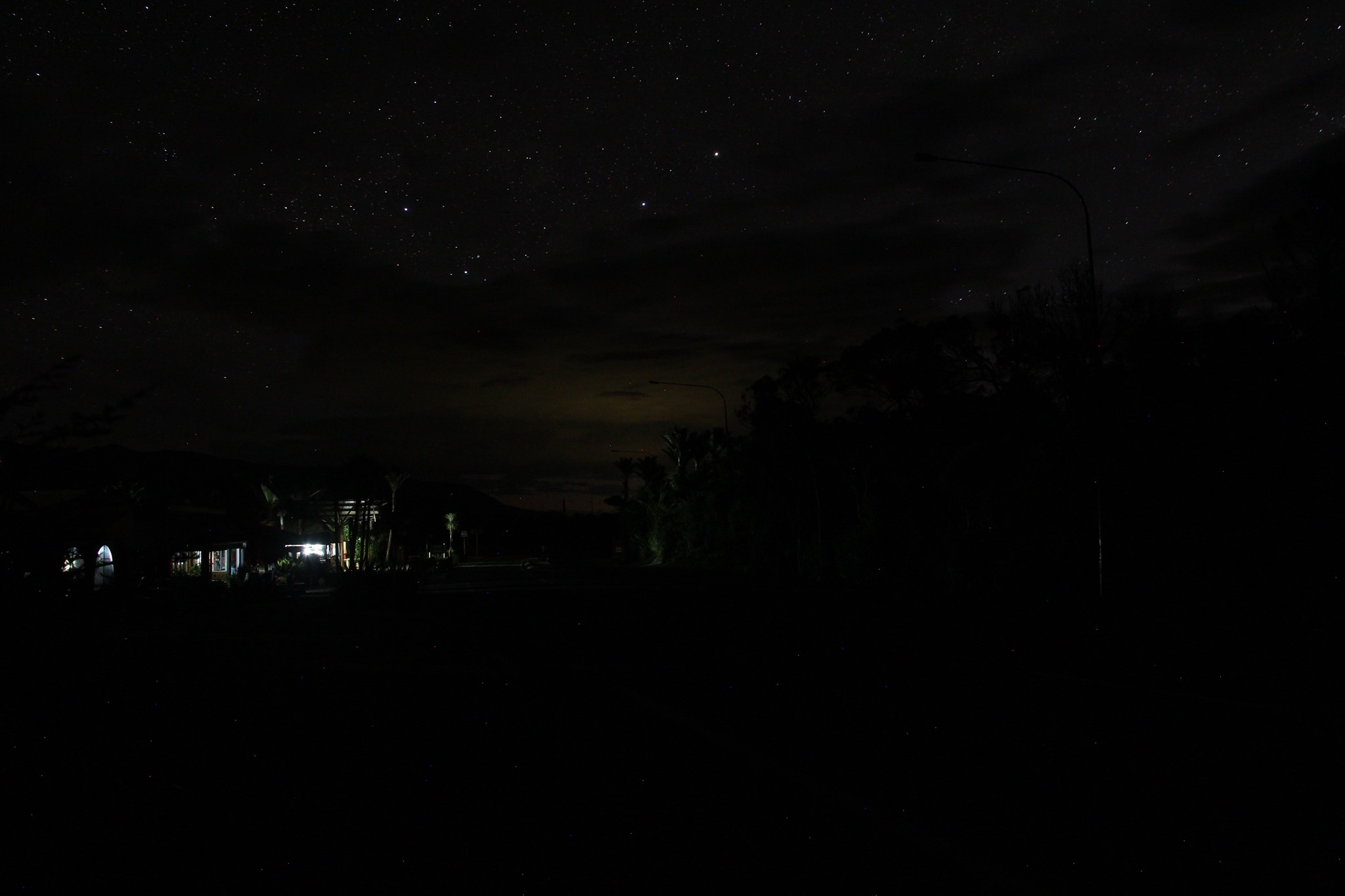
Vote Toroa!
“Vote for Antipodean albatrosses in Bird of the Year 2020 to help save the species”. So says the Southern Seabird Solutions Trust in a media release this week.
It’s Bird of the Year (‘BOTY2020’) competition time again in New Zealand and with only one day left to go you can still vote for the Endangered Antipodean Albatross or Toroa Diomedea antipodensis. Vote here by clicking "Pick me" on five bird photos in your order of preference. Voting is open until 17h00 (New Zealand Standard Time), Sunday 15 November.
The trust continues in its release: “This magnificent bird is in grave danger of extinction from longline fishing, especially from fleets operating in waters beyond New Zealand's Exclusive Economic Zone (EEZ). The Department of Conservation has just released new estimates that show 35,000 Antipodean albatrosses have lost their lives since 2004. More females than males are dying because they feed in the danger zones where there is intensive fishing. A tragedy is unfolding on the breeding grounds - year after year so many male birds return to the island and wait at their nest for a mate who will never return.” says Janice Molloy, Convenor, Southern Seabirds.
“But it’s not too late to turn this around – the population can recover. And unlike many environmental problems this one has a solution. The challenge is getting the solutions used, and a groundswell of public interest will help convince fishers to make the effort. If the Antipodean albatross wins Bird of the Year, we can honestly say to the fishing companies that Kiwis really care about this albatross. A vote will make a real difference.”
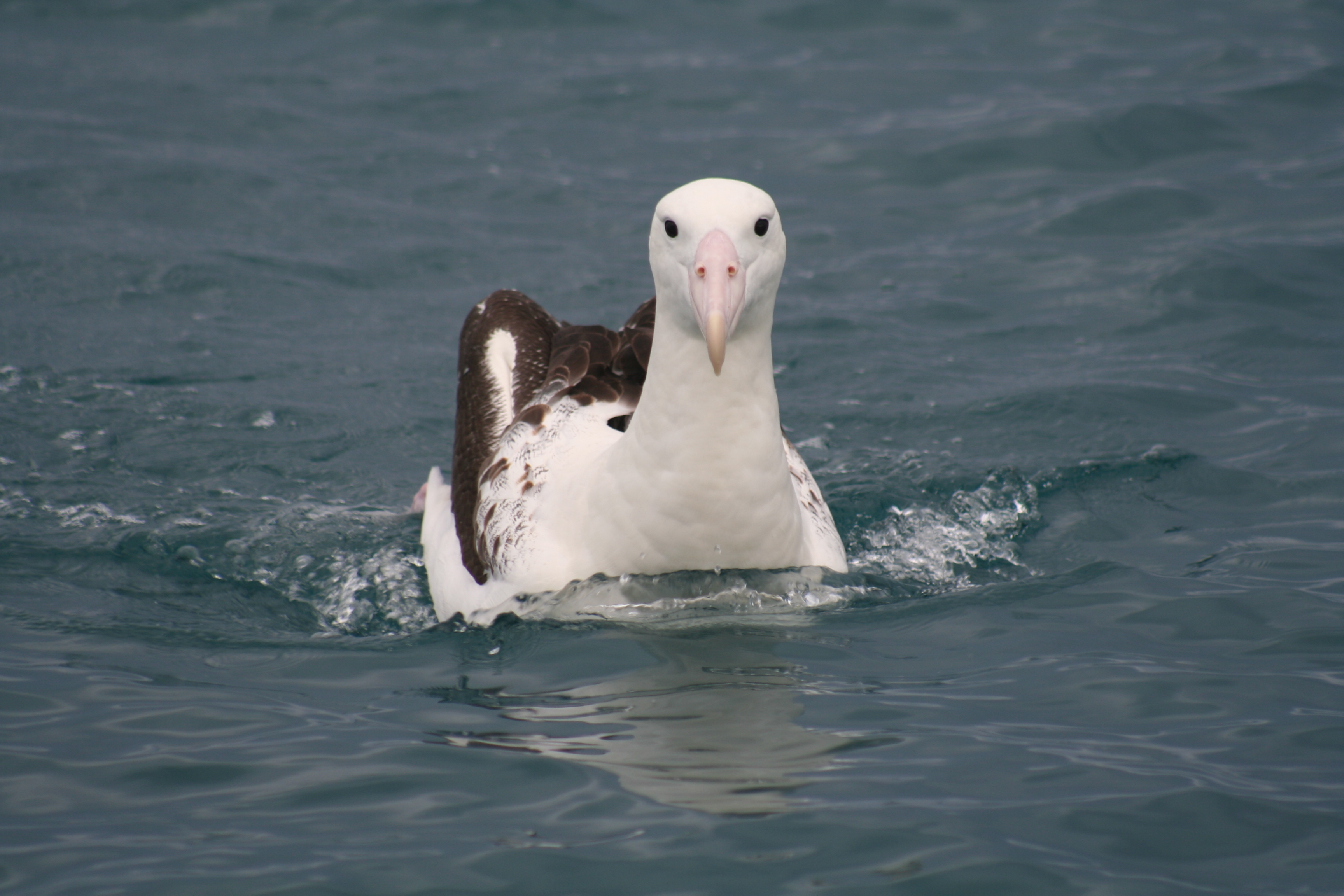
Antipodean Albatross at sea off Kaikoura, photograph by Kerry-Jayne Wilson
Information from Janice Molloy, Convenor, Southern Seabirds.
John Cooper, ACAP Information Officer, 14 November 2020

 English
English  Français
Français  Español
Español 
